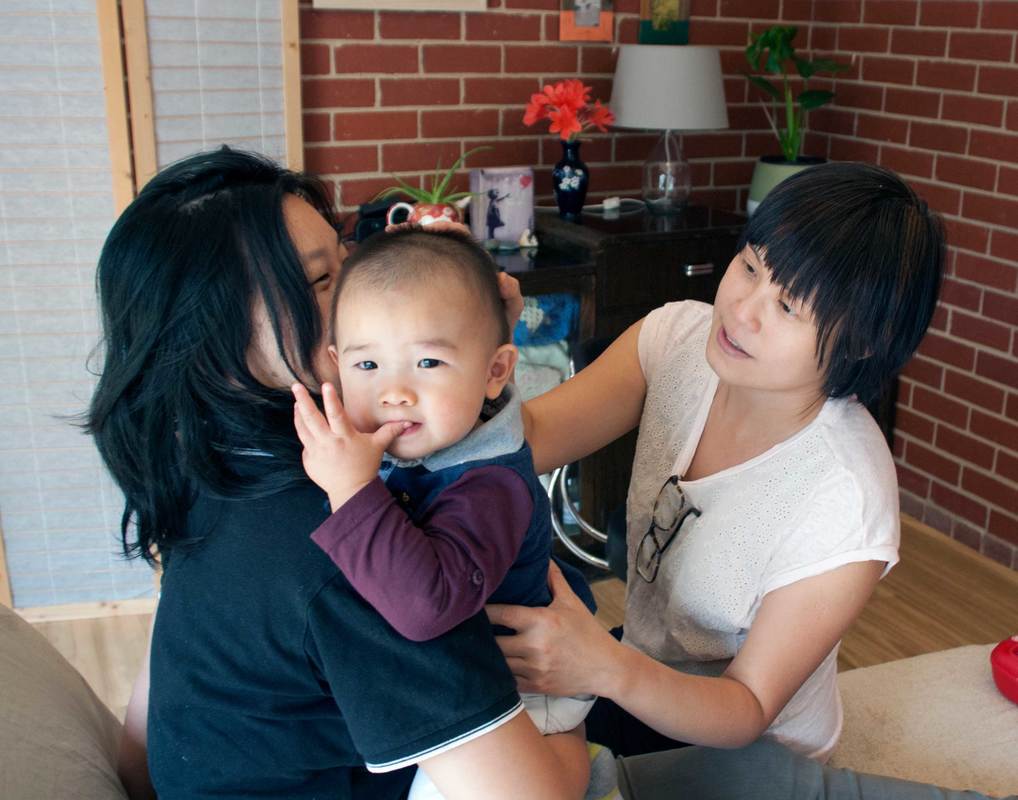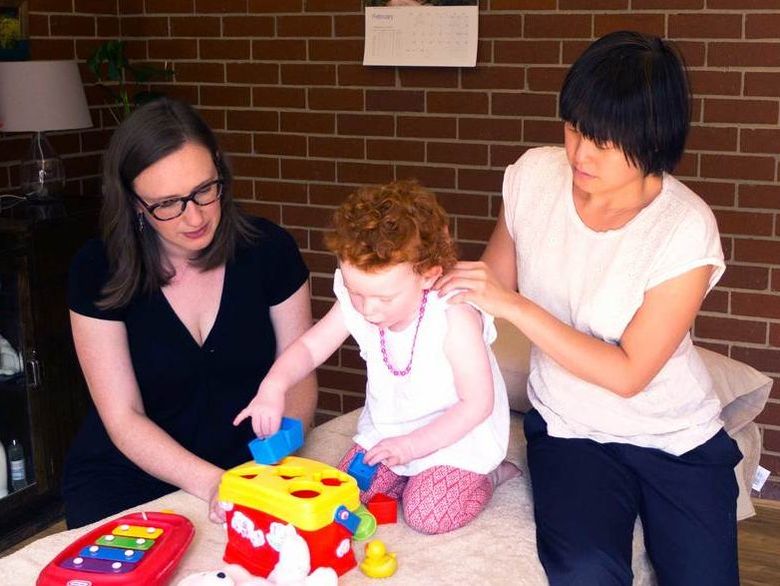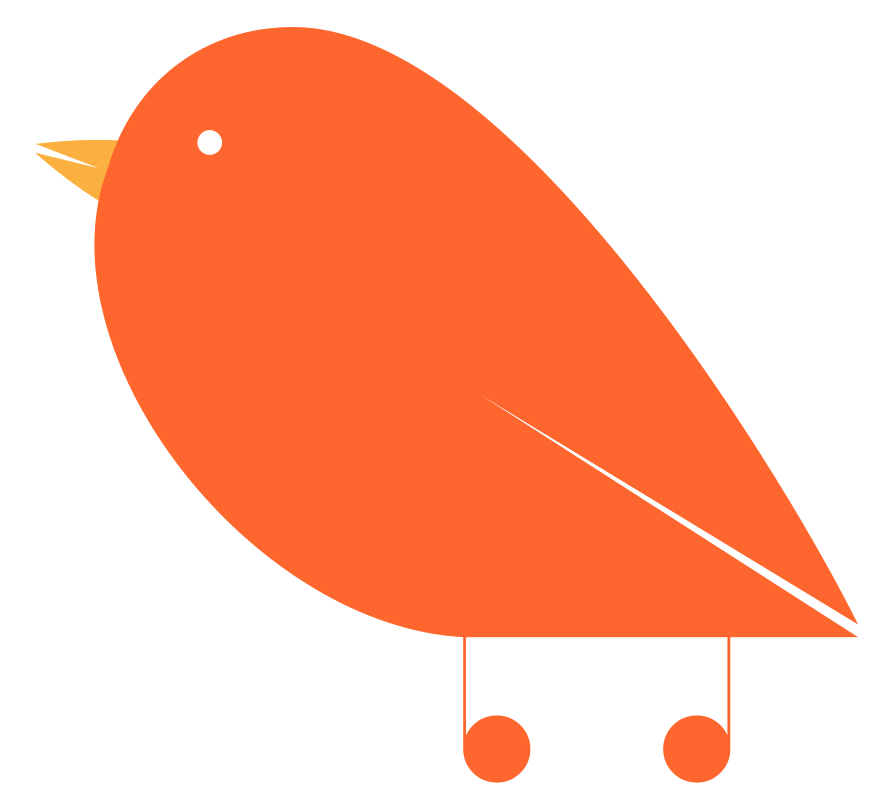WHY HAVE TREATMENT?
|
Osteopathy aims to work with a child's growing physiology to improve their potential.
We are looking for factors that may influence a child's future health. Are they going to grow into a problem, or grow out of one? Birth is a major physiological process for both mother and baby. It can be mentally and physically tough, especially if the labour is very short or long, or there are medical interventions like induction, cesarean, epidural or forceps. If we are meeting a newborn for the first time, we always check for joint, muscle and fascial restrictions that are sometimes from in-utero, a difficult birth or breech presentation. Babies’ skeletons are softer than an adult’s and I will always use gentler techniques such as biodynamic cranial osteopathy and a whole-body approach when treating babies. While many parents have had improvements in their children's health from osteopathic treatment over the years, there is currently limited evidence for this, partly due to the difficulty of setting up randomised controlled trials for this age group. Parents usually seek out osteopathic treatment when their child has :
With some of these conditions, osteopathic treatment can help relax and soothe your child and assist in a return to normal musculoskeletal functioning. With newborns, osteopaths often work closely with maternal health nurses and lactation consultants in order to obtain the best outcome for both mum and bub. An initial study has shown that such collaborations are safe and beneficial in improving the mechanics of sucking in infants (4). Poor oral function can lead to feeding issues, sleep disturbances, mouth breathing and impact future teeth placement and speech. More information from the Royal Children's Hospital and the Better Health Channel: Plagiocephaly Fact sheet Crying and unsettled babies Growing pains In older children, treatment may help with recovery from recurrent ear infections (5), symptoms of asthma, sporting injuries, falls and fractures. In children with learning and behavioural issues, Osteopathy may be useful to rule out any musculoskeletal issues affecting the condition. Osteopaths can also help improve and maintain quality of life for children with cerebral palsy (6) as part of a team approach with other health professionals. |
. References
1) Kotzampaltiris PV, Chou KJ, Wall SP 'The cranial rhythmic impulse and excessive crying of infancy.' J Altern Comp Med 2009 15(4):341-45
2) Hayden C, Mullinger B 'A preliminary assessment of the impact of cranial osteopathy for the relief of infantile colic' Complementary therapies in clinical practice 2006 12:83-90. See also Kok Weng Lim, 'Infantile colic: A critical appraisal of the literature from an osteopathic perspective', International Journal of Osteopathic Medicine, 2006 Sep; 9 (3):94-102
3) Lessard S, Gagnon I, Trottier N. 'Exploring the impact of osteopathic treatment on cranial asymmetries associated with nonsynostotic plagiocephaly in infants.' Complement Ther Clin Pract 2011 Nov;17 (4):193-8
4) Juliette Herzhaft-Le Roy, MD, DO, IBCLC , Marianne Xhignesse, MD, and Isabelle Gaboury, PhD. Efficacy of an Osteopathic Treatment Coupled With Lactation Consultations for Infants’ Biomechanical Sucking Difficulties: A Randomized Controlled Trial. Journal of Human Lactation 2017 Vol. 33(1):165–172.
5) Mills MV, Henley CE, Barnes LL, Carreiro JE, Degenhardt BF. 'The use of osteopathic manipulative treatment as adjuvant therapy in children with recurrent acute otitis media.' Arch Pediatr Adolesc Med 2003 Sep;157(9):861-6.
6) Wyatt K, Edwards V, Franck L, Britten N, Creanor S, Maddick A, Logan S. 'Cranial osteopathy for children with cerebral palsy: a randomised controlled trial.' Arch Dis Child 2011 Jun;96(6):505-12
1) Kotzampaltiris PV, Chou KJ, Wall SP 'The cranial rhythmic impulse and excessive crying of infancy.' J Altern Comp Med 2009 15(4):341-45
2) Hayden C, Mullinger B 'A preliminary assessment of the impact of cranial osteopathy for the relief of infantile colic' Complementary therapies in clinical practice 2006 12:83-90. See also Kok Weng Lim, 'Infantile colic: A critical appraisal of the literature from an osteopathic perspective', International Journal of Osteopathic Medicine, 2006 Sep; 9 (3):94-102
3) Lessard S, Gagnon I, Trottier N. 'Exploring the impact of osteopathic treatment on cranial asymmetries associated with nonsynostotic plagiocephaly in infants.' Complement Ther Clin Pract 2011 Nov;17 (4):193-8
4) Juliette Herzhaft-Le Roy, MD, DO, IBCLC , Marianne Xhignesse, MD, and Isabelle Gaboury, PhD. Efficacy of an Osteopathic Treatment Coupled With Lactation Consultations for Infants’ Biomechanical Sucking Difficulties: A Randomized Controlled Trial. Journal of Human Lactation 2017 Vol. 33(1):165–172.
5) Mills MV, Henley CE, Barnes LL, Carreiro JE, Degenhardt BF. 'The use of osteopathic manipulative treatment as adjuvant therapy in children with recurrent acute otitis media.' Arch Pediatr Adolesc Med 2003 Sep;157(9):861-6.
6) Wyatt K, Edwards V, Franck L, Britten N, Creanor S, Maddick A, Logan S. 'Cranial osteopathy for children with cerebral palsy: a randomised controlled trial.' Arch Dis Child 2011 Jun;96(6):505-12
WHAT HAPPENS DURING TREATMENT?
|
Treatment is very gentle. Children remain fully clothed.
Most babies and older children are happy to lie on the table to be treated. There may be some wriggling, and often children give a big yawn towards the end of the treatment. If your child is protesting, we can treat them while you nurse them or as they explore the treatment area. We may play with them for a little while to gain their trust and wait for them to be ready! Often, babies and children are more relaxed after their treatment and parents tell us they sleep very well that night or that they are happier.
On rare occasions, a child can be more unsettled after treatment but this doesn't last beyond 48 hours. Please let us know if you have concerns about your child's health after treatment. |
HOW OFTEN WILL I NEED TO COME BACK?
Your osteopath will give you an idea of how many treatments are required, depending on your child's complaint.
Most problems resolve after 2 to 6 treatments. You may like to bring your child back for a check up every 6 months or yearly, as they experience growth spurts.
Some conditions will need treatments over a longer period of time. For example, treatment for the flattening of the skull (plagiocephaly) takes place over a longer time period because the cranial bones grow more slowly (3).
If you have a specific concern that is not listed here, please get in touch with us via email or the contact form.
Most problems resolve after 2 to 6 treatments. You may like to bring your child back for a check up every 6 months or yearly, as they experience growth spurts.
Some conditions will need treatments over a longer period of time. For example, treatment for the flattening of the skull (plagiocephaly) takes place over a longer time period because the cranial bones grow more slowly (3).
If you have a specific concern that is not listed here, please get in touch with us via email or the contact form.


